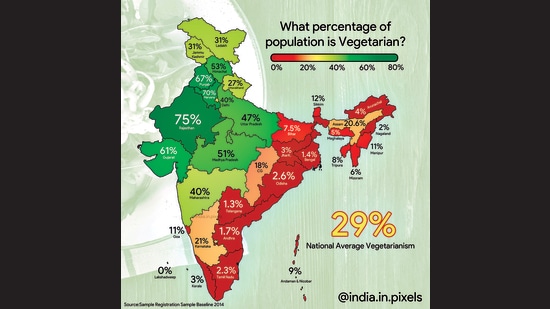(Originally posted on Sep 2, 2021 on the Drishti blog)
Since the first robot was installed on an assembly line in 1962, manufacturers have been debating whether to use human workers or automation on their lines.
They both have their pros and cons.
Automation delivers consistency
Automation is a much more reliable option. Robots don’t get sick or have family emergencies. The life expectancy of a robot can range from five to 20 years, depending on the operating conditions and care of service. And a robot in a typical duty cycle application will run 80,000 to 100,000 hours with few failures.
Humans, on the other hand, are much less dependable. Annual turnover rates for assembly line associates average 20% in the United States, and much higher globally — as high as 300% in China. Beyond vacating a position, humans are way more likely to simply not show up to work: In 2019, the U.S. Bureau of Labor Statistics reported that the manufacturing absenteeism rate was 2.5%, costing at least $2.4 billion annually. During the coronavirus crisis, our customers are reporting daily absenteeism rates as high as 10%.
So humans are, by nature, inconsistent in their performance. Meanwhile, robots are as trustworthy and reliable as they come. So why even consider putting humans on the line? Why do humans continue to dominate assembly lines around the globe?
The downside of automation: Less flexibility and adaptability
The reality is that humans are a lot more flexible and adaptable to change than robots. They can perform tasks that robots aren’t even remotely capable of doing today. The most advanced industrial robots — the ones that cost tens or even hundreds of thousands to install — have seven degrees of motion. That may sound significant, but when compared to the human hand, which has 27 degrees of freedom, it’s a lot less impressive.
Humans are more adaptable, too. Say you have a line that’s making blenders, and due to a shift in demand, the company wants you to start manufacturing juicers, instead. Humans can learn new standardized work instructions pretty quickly — in a few weeks if it’s totally new processes, and even faster if it’s an adjustment on existing ones — whereas robots take several weeks to be reprogrammed and redesigned to do the job, if they are capable of doing it at all.
The perfect blend is a little of both
The challenge manufacturers have is that they do not have data, like that streaming from their automated lines, on the health of the line. And, so, cannot easily manage, diagnose or problem solve issues. For example, by providing feedback to the line associates on a slow line enabling them to problem solve and correct.
In a judo twist, Drishti uses AI to automatically create data on human actions, providing the line associates and manufacturers with this information, faster. We share that information with the right person (line associate, team leader, industrial and quality engineer and plant manager) at the right time to improve decision making in the factory, boosting productivity and quality and providing a helpful training aid for associates.
So you might think we’d be heavily biased toward humans, but that’s not the case. We see the value of both humans and robots on the assembly line. The simple fact is, there are places where humans can dominate — where cognition or flexibility are needed, or when variability is high. But there are also many instances where robots or other automation alternatives are a better choice, such as tasks with high repeatability or significant safety issues. It’s inevitable that robots are going to continue making their way onto factory floors, and we’re not trying to stop that from happening.
But we’re a long way from that reality. Robot technology simply isn’t advanced enough to be a major player in assembly. So in the 100+ years until there are more robots than humans on the line, we’re empowering workers with better productivity guides, continuous improvement tools, defect detection and training aids that will help them perform at their peak potential.
Today, assembly lines are still largely manual. Manufacturers need to choose the labor solution that works best for them. In most cases, a blend of robots and humans is the key to success.










